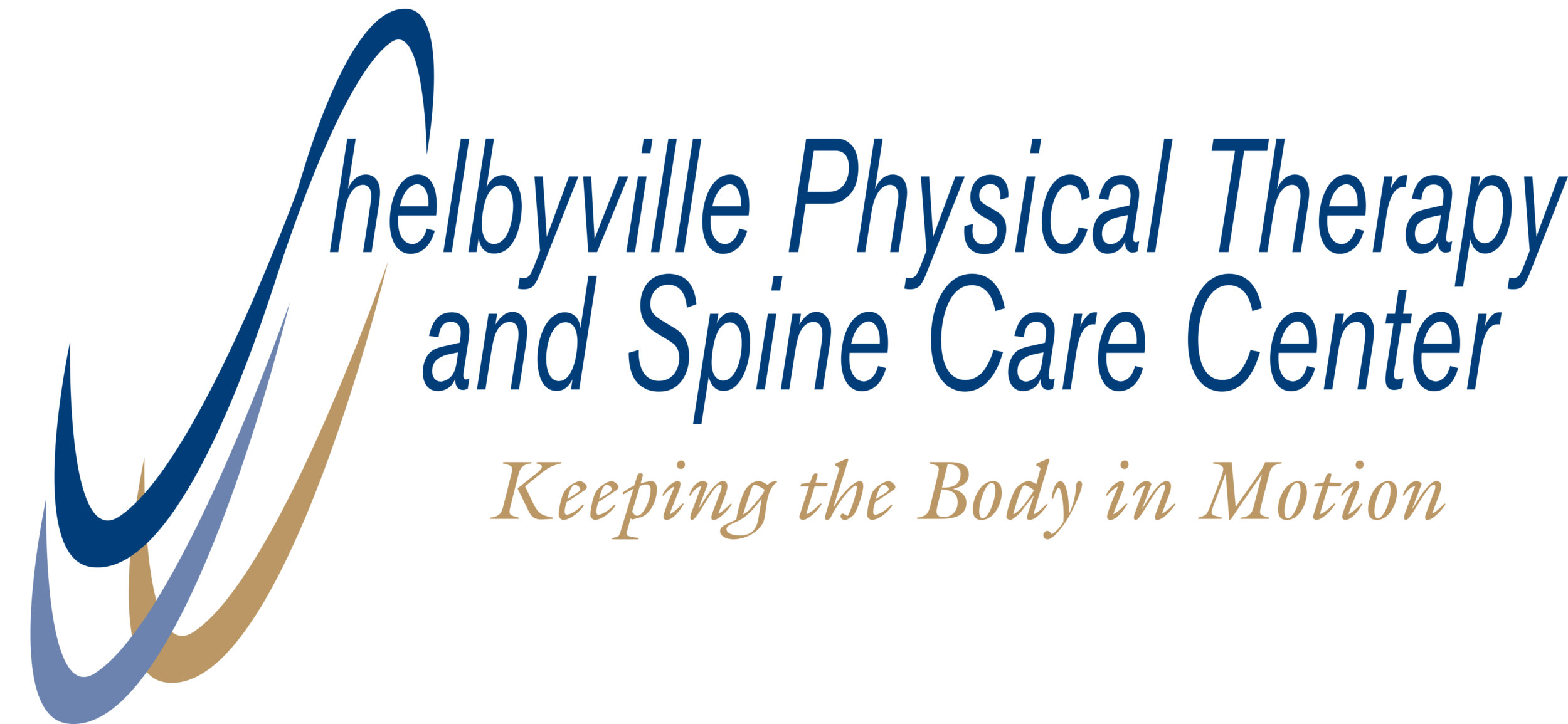Frequently Asked Questions
What is The McKenzie Method?
The McKenzie Method of Mechanical Diagnosis and Therapy (MDT) is globally recognized as a leading treatment for back, neck and extremity pain.
“MDT begins with the clinician taking a detailed history about your symptoms and how they behave. You will be asked to perform certain movements and rest in certain positions. The main difference to most other assessments is the use of repeated movements rather than a single movement. How your symptoms and range of movement changes with these repeated movements provides the clinician with information that they can use to categorize your problem.”
“Using the information from the assessment, the clinician will prescribe specific exercises and advice regarding postures to adopt and postures to temporarily avoid. If your problem has a more difficult mechanical presentation, a qualified MDT clinician may need to add hands-on techniques until you can self-manage. The aim is to be as effective as possible in the least number of sessions. Treatment that you can perform five or six times a day is more likely to be effective in a shorter period of time than treatment administered by the clinician once or twice per week. The emphasis is on you, the patient, being actively involved. This can minimize the number of visits to the clinic. Ultimately, most patients can successfully treat themselves when provided with the necessary knowledge and tools”
“By learning how to self-treat the current problem, you gain knowledge on how to minimize the risk of recurrence. You can also rapidly deal with symptoms if they recur, putting you in control of your treatment safely and effectively. Persisting problems are more likely to be prevented through self-maintenance than by passive care.”
Information obtained from: https://www.mckenzieinstitute.org/patients/what-is-the-mckenzie-method/
How Can The McKenzie Method Help you?
If you have any of the following:
Sciatica
Arthritic pain in hips or buttocks, shoulders or upper arms
Difficulty bending due to stiffness or pain in your lower back
Pain that starts in the back or neck and seems to spread to the buttocks or shoulders
Intermittent pins and needles or numbness in the feet or hands
Aching pain into the elbows or knees that hasn't been assisted by treatment to these areas
Then you may benefit from an evaluation from one of our physical therapists who are trained in The McKenzie Method
What Is Dry Needling?
Dry Needling is a technique that physical therapists use for the treatment of pain.
The technique uses a thin filiform, "dry" needle, one without medication or injection, inserted through the skin into areas of the muscle that are painful or in a constant state of contraction, also known as a “trigger point”.
The needle allows a physical therapist to target the specific muscles that have been recognized as being involved in the patient’s pain.
The mechanical force of the needle triggers the muscle to return to a relaxed and normal state. Physical therapists also use dry needling with the goal of kick-starting the body into initiating a healing response, through decreasing pain and increasing blood flow.
In cases when dry needling is used by physical therapists, it is typically one technique that's part of a larger treatment plan. We continue to utilize other manual techniques and exercise to optimize full recovery.
How can Dry Needling help you?
People who experience pain related to joints, muscles, nerve pain, or chronic pain can be excellent candidates for dry needling.
What Is Vestibular Rehab?
Vestibular Rehab Therapy is a hands-on and exercise-based approach targeting dizziness, vertigo, and balance problems. Vestibular Rehab Therapy can help you return to daily activities, reduce fall risk, and improve quality of life.
Balance is controlled by:
1. The inner ear (vestibular system)
2. The eyes (vision)
3. Sense of Touch (proprioception)
Physical Therapists assess and evaluate each patient to determine the patient’s primary limitations and create individualized treatment plans for the patient to help reduce and/or abolish their symptoms.
How can Vestibular Rehab help you?
Are you battling vertigo, dizziness, nausea or balance disruptions? Do you feel unsteady?
Does turning your head in one direction, rolling over in bed, or getting out of bed cause you to feel dizzy or make you feel that the room is spinning?
Then you may be a candidate for Vestibular Rehab Therapy
